A delegation from the UNESCO Chair on Sustainability at the UPC and the INRA research institute from Morocco visited the Tunisia demo-site on underground irrigation. At the same time, a conference with all stakeholders from the region were developed on June 22, 2023.


During the first day of the visit (20/6/2023), the president of the University of Tunis El Manar, prof. Moez Chafra received the SureNexus delegation, with the introduction from Prof. Ali Gharsallah from the Faculty of Sciences.
During the second day, a 3-hour work meeting was held with people from Innovagrisud, headed by Miloud Goutrane, with the following objectives:
Review of the agenda and planned activities
Review of the expected stakeholders who will attend the conference on Thursday.
Review of the main characteristics of the underground irrigation demosite pilot.
Review of the control variables and the data available on the demo-site.
A stakeholder workshop was held on June 22nd, with the following programme:

Miloud Goutrane from Innovagrisud and Prof.Ali Gharsallah from the Tunis El Manar Univ. made the opening remarks from the workshop. Prof. Jordi Morató made the opening keynote presentation about the Surenexus project. Prof. Rachid Mrabet from INRA Morocco made a translation to arabic. Researcher Lhou Beniken from INRA Morocco made a presentation of precision smart agriculture.
Prof. Ali Gharsallah made a presentation on underground irrigation from Innovagrisud and Prof. Aloui Noureddine made a presentation about the ICT tools for agriculture.
As the main conclusions from the workshop:
1. The demo-site should be focused on the reduction of water and energy consumption, in an area of Tunisia threaten by water scarcity, desertification, and impact of the climate change.
2. The novelty of the idea consists on replacing drip irrigation by underground irrigation in order to reduce energy consumption using renewable energy (the solar energy in the case of this pilot)
3. Demo-sites consists of:
Twenty-five trees will be tested with underground irrigation using buried diffusers (4 diffusers/tree).
The diffusers are placed in holes dug at the edge of the foliage.
The depth of the holes is 50 cm.
Water distribution network for the buried diffusers will be installed.
A gravity filter will be installed for the filtration of irrigation water. This filter will be connected to a vertical pipe linked to the main pipe supplying water to the buried diffusers. The gravity filter and the pipes are in place and connected.
4. Irrigation: Irrigation will be performed using 1 single irrigation per year. This annual irrigation is enough to cover the annual needs of each tree, must be done regularly each year during the months of December and January, after the olive harvest. The duration of the annual irrigation is 2 to 5 weeks (depending on the size of the olive tree). Irrigation is continuous day and night without interruption.
5. The workshop responded to the needs of stakeholders in the region. Indeed, in the workshop two demo-sites developed by SURENEXUS project in Tunisia and Morocco, focused on water saving and increase of production were presented. The idea is to introduce innovative best practices based on the WEFE NEXUS.

In the afternoon, some of the ancestral hydraulic infrastructures for irrigation in this arid zone were visited. It has to be highlighted the realization of large and long slopes that collect rainwater, when it rains. We attach some examples below. We must also highlight the construction of dry stone dams, which constitute terraces for the use and collection of surface and sub-surface rainwater.
The following day, 23/6/2023, was dedicated to visit the Demo-site of underground irrigation. Underground irrigation is a development from Tunisia, using a patented tool developed by prof. Chahbani Bellachab, that patented the system. The demo-site is an olive trees field, in a desertic area. In the following pictures the landscape from the area can be observed, with the arid desertic places with scarce vegetation compared with the fields of olive trees.
Thanks to an underground water source, and using solar system to pump from the well to the field, the olive trees are irrigated. In the are there are conventional drip irrigation and thanks to the project SURENEXUS the innovative underground irrigation was also settled. The entire are surrounding the demo-site is completely arid (desertic) and really scarce vegetation can adapt to the really scarce humidity and precipitations.


In the following pictures the different parts of the demo-site are shown, considering the important function to facilitate the underground irrigation. In that sense, the demo-site have the following parts:
a) Solar pannels
b) Solar pump
c) Storage water tank
d) Water distribution
e) Underground irrigation
f) Olive trees field
Irrigation will be performed in the demo-site as a single irrigation/quarter. This quarterly irrigation covers the annual needs of each tree, must be done regularly every quarter during the months of December and January, March, June, September The duration of the irrigation of each quarter 1 week. Irrigation is continuous day and night without interruption.
IOT control system. In order to control the water requirement for each tree and the proper functioning of the network of diffusers used for underground irrigation, Innovagrisud proposed a communication system and automation for underground irrigation.








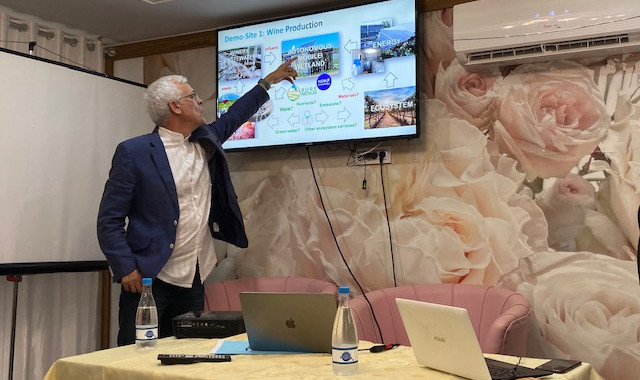

















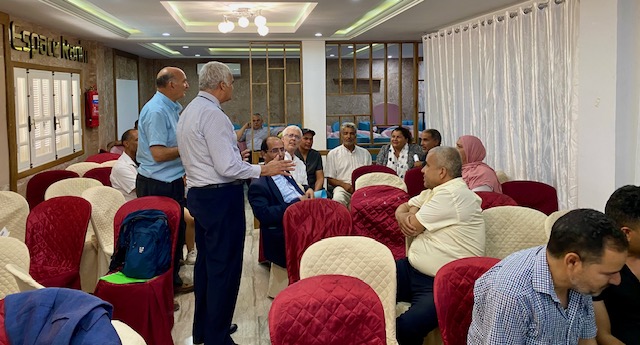





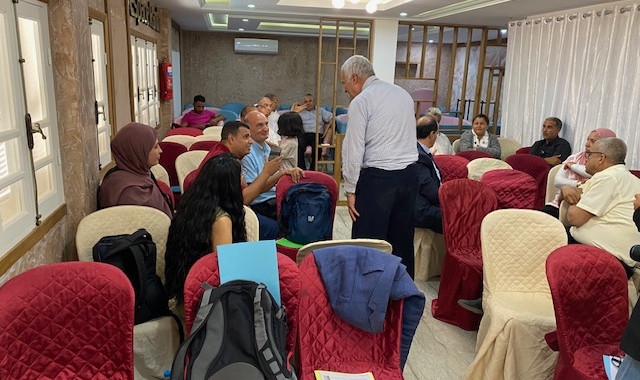

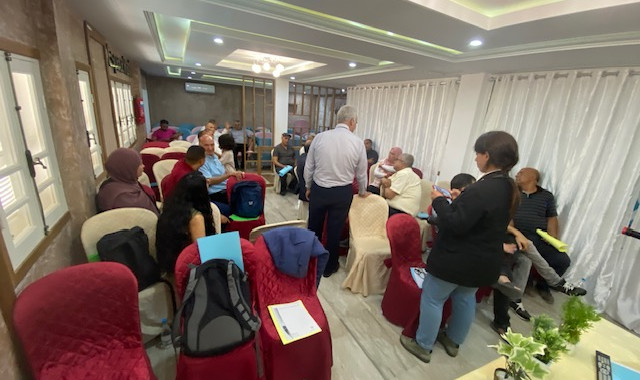

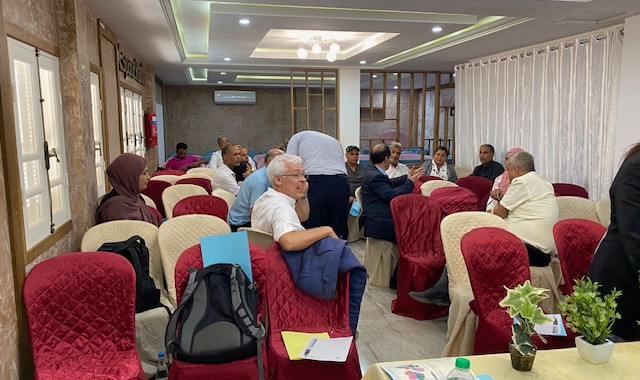





































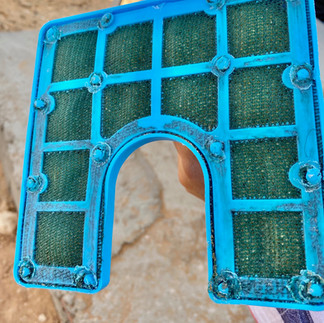

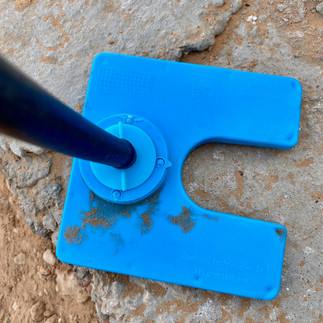







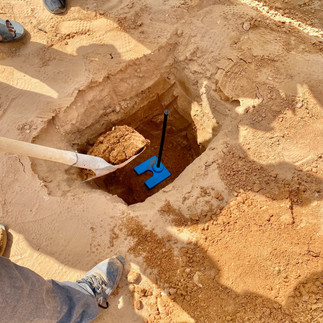










Комментарии